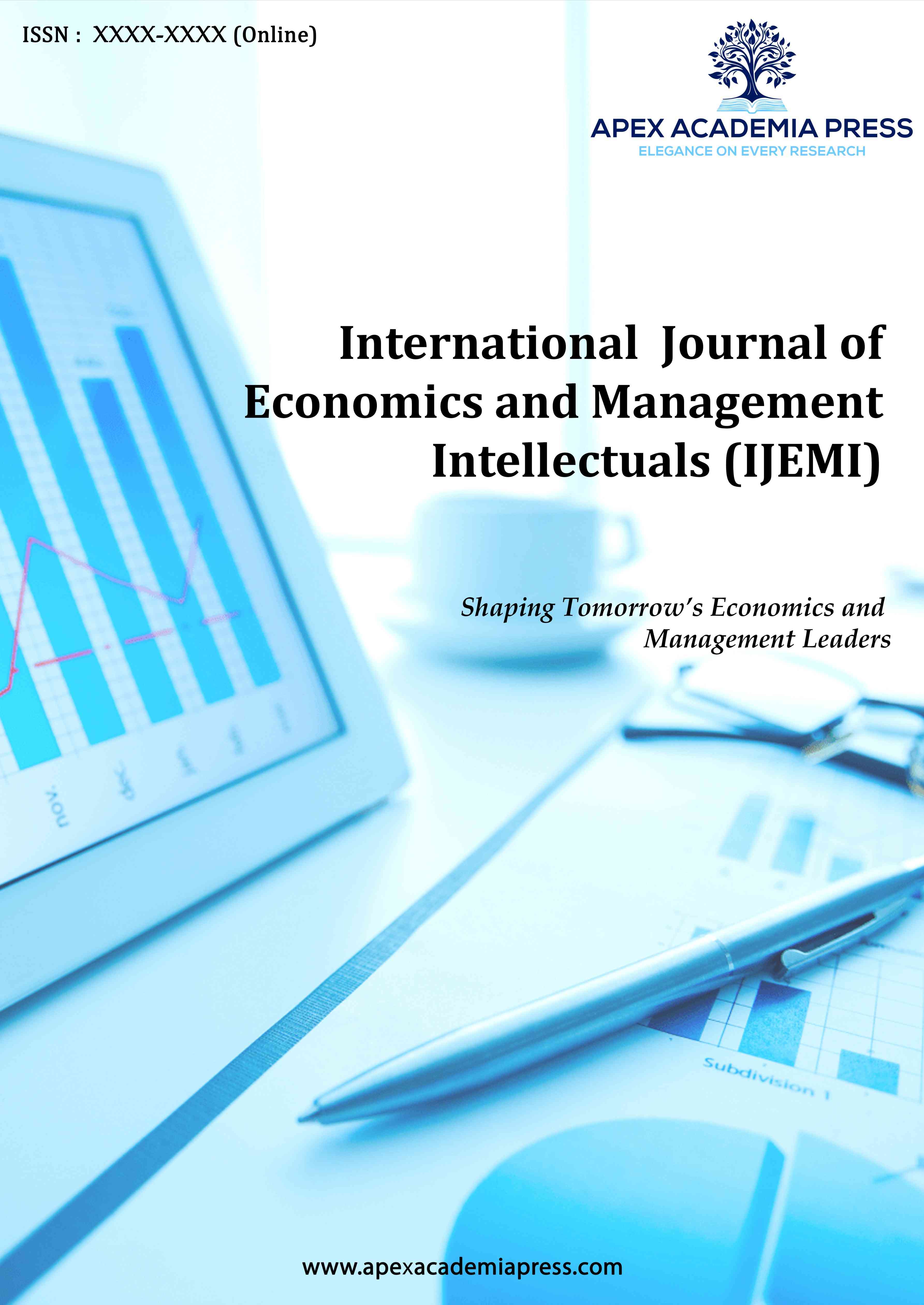International Journal of Economics and Management Intellectuals [IJEMI]
Impact of Remote Work on Organizational Productivity and Employee Satisfaction: A Post-Pandemic Perspective
Authors : Dr. Niranjan M H
Open Access | Volume 2 Issue 2 | 2025
https://doi.org/10.63665/ijemi_y2f2a003
How to Cite :
Niranjan M H, "Impact of Remote Work on Organizational Productivity and Employee Satisfaction: A Post-Pandemic Perspective", International Journal of Economics and Management Intellectuals [IJEMI], 2025, 2(2): pp. 8-10.

Abstract
The COVID-19 pandemic acted as a global experiment, pushing organizations to embrace remote work at an unprecedented scale. What began as a health necessity has now transformed into a long-term shift in how work is perceived and executed. This study explores the dual impact of remote work—on organizational productivity and employee satisfaction—in a post-pandemic world. Drawing from empirical research, case studies, and personal reflections, the paper highlights the evolving dynamics of workplace culture, managerial practices, technological dependence, and employee well-being. It concludes that while remote work has brought flexibility and autonomy to employees, it also presents challenges in collaboration, communication, and organizational alignment. Success lies in finding a hybrid balance that merges the best of both worlds.
Keywords
Remote Work, Employee Satisfaction, Organizational Productivity, Hybrid Work, Post-Pandemic Workplace, Virtual Teams, Work-Life Balance.
Conclusion
The pandemic didn’t just change where we work—it changed why we work and how we feel about it. Remote work has reshaped organizational productivity and employee satisfaction in ways that are still unfolding.
Ultimately, the goal isn’t to ―return to normal, but to create a better normal— where work supports life, where employees feel seen beyond screens, and where productivity and humanity coexist.
The challenge now is not technological—but philosophical: Can we build workplaces where success is measured not just in profits and output, but in joy, purpose, and connection?
References
- Beck, T., Demirgüç-Kunt, A., & Levine, R. (2007). Finance, inequality, and the poor. Journal of Economic Growth, 12(1), 27–49.
- Sahay, R., von Allmen, U. E., Lahreche, A., Khera, P., Ogawa, S., Bazarbash, M., & Beaton, K. (2020). The Promise of Fintech: Financial Inclusion in the Post COVID-19 Era. IMF Staff Discussion Note.
- Demirgüç-Kunt, A., Klapper, L., Singer, D., Ansar, S., & Hess, J. (2022). The Global Findex Database 2021: Financial Inclusion, Digital Payments, and Resilience in the Age of COVID-19. World Bank.
- Jack, W., & Suri, T. (2014). Risk Sharing and Transactions Costs: Evidence from Kenya’s Mobile Money Revolution. American Economic Review, 104(1), 183–223.
- World Bank. (2023). Digital Financial Services in Emerging Economies. Retrieved from [https://www.worldbank.org]